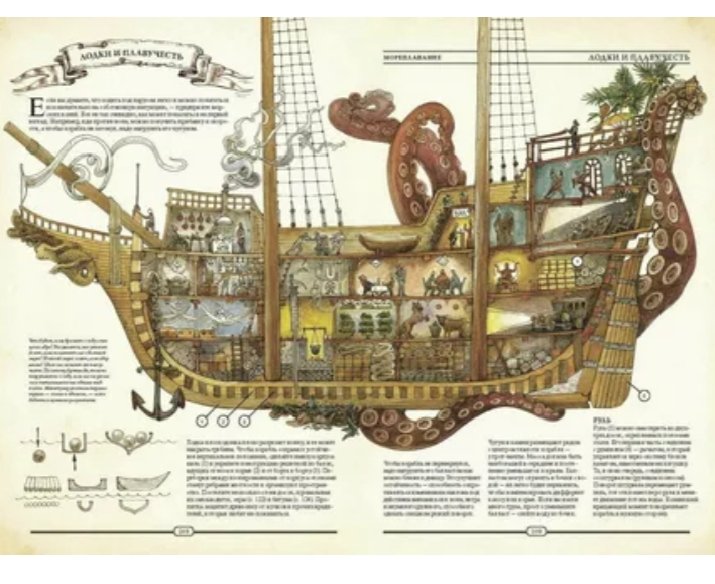Introduction to the Incident
On May 27, 2025, United Airlines Flight UA770, en route from Barcelona to Chicago, experienced a mid-air technical issue that led to an emergency diversion to London Heathrow Airport. This event, marked by the activation of Squawk 7700, highlighted the aviation industry’s robust safety protocols. The Boeing 787-9 Dreamliner, carrying 257 passengers and 12 crew members, landed safely with no injuries reported. This article explores the full story of the United Airlines Flight UA770 emergency diversion, including causes, crew response, passenger experiences, and lessons learned for future air travel safety.
The incident underscores why emergency diversions, though rare, are critical in maintaining passenger safety. With keywords like “United Airlines Flight UA770 emergency diversion” trending in searches, understanding such events helps travelers feel more prepared and informed about aviation emergencies.
Flight Details and Timeline
Pre-Flight Preparations
United Airlines Flight UA770 was a scheduled transatlantic service from Josep Tarradellas Barcelona-El Prat Airport (BCN) to Chicago O’Hare International Airport (ORD). The aircraft, a state-of-the-art Boeing 787-9 registered as N26902, is known for its advanced systems, including fly-by-wire controls and real-time health monitoring. Pre-flight checks were routine, with no reported issues. The flight departed at approximately 2:30 PM CEST, carrying passengers from diverse backgrounds, including tourists and business travelers.
The Onset of the Emergency
About 90 minutes into the flight, at an altitude of 37,000 feet over European airspace, the crew detected a technical anomaly, believed to be related to cabin pressurization. This prompted the pilots to declare an emergency by activating Squawk 7700, a universal transponder code signaling a general aviation emergency to air traffic control (ATC) within a 200-mile radius.
Diversion Decision and Landing
The decision to divert to London Heathrow (LHR) was made swiftly, prioritizing proximity and the airport’s capacity as a United Airlines hub. The aircraft began a controlled descent, coordinating with ATC centers in London, Paris, and Madrid. It landed safely on Runway 27R at 4:55 PM BST, where emergency services were on standby.
| Timeline of United Airlines Flight UA770 Emergency Diversion |
| Time (CEST/BST) |
| 2:30 PM CEST |
| ~4:00 PM CEST |
| ~4:30 PM CEST |
| 4:55 PM BST |
| Post-Landing |
This timeline illustrates the rapid response, ensuring the United Airlines Flight UA770 emergency diversion was handled efficiently.
Causes of the Emergency Diversion
Technical Issue Analysis
Initial reports point to a cabin pressurization problem, a rare but manageable issue in modern aircraft like the Boeing 787-9. Pressurization systems maintain breathable air at high altitudes; anomalies can cause discomfort or health risks if unaddressed. The Airplane Health Management (AHM) system on the Dreamliner provided real-time diagnostics, alerting the crew early.
Role of Squawk 7700
Squawk 7700 is not specific to one type of emergency but signals urgency, allowing ATC to prioritize the flight. In this case, it facilitated seamless airspace clearance across borders, demonstrating global aviation coordination.
Comparison with Similar Incidents
The United Airlines Flight UA770 emergency diversion shares similarities with other recent events. For instance, a separate UA770 flight from a domestic route diverted to Denver due to similar pressurization concerns. Such incidents occur in about 1 in 1,500 flights, often due to technical, medical, or weather factors.
| Common Causes of Flight Diversions |
| Cause |
| Technical Issues |
| Medical Emergencies |
| Weather |
| Security |
This table highlights why diversions like the UA770 event are precautionary measures in aviation safety.
Crew and Passenger Response
Crew’s Professional Handling
The flight crew’s composure was pivotal. Trained extensively in simulators for scenarios like the United Airlines Flight UA770 emergency diversion, they followed checklists meticulously. Clear communication kept passengers informed without causing panic. Cabin crew secured the galley, briefed passengers on safety, and monitored for distress.
Passenger Experiences
Accounts from passengers describe a tense but controlled atmosphere. One traveler noted, “The crew’s calmness helped everyone stay composed.” No oxygen masks were deployed, indicating the issue was contained. Post-landing, passengers were directed to Gate B44, where United provided support.
Ground Response at Heathrow
Emergency teams, including fire and medical services, met the aircraft. Deplaning was orderly, with no evacuations needed. This efficient response minimized disruption during the United Airlines Flight UA770 emergency diversion.
Aftermath and Airline Support
Passenger Assistance
United Airlines prioritized passenger care, offering rebookings, meal vouchers, hotel accommodations, and travel credits. For those with connections in Chicago, alternate flights were arranged within 24-48 hours. The airline’s policy on emergency cancellations ensured compensation aligned with regulations.
Aircraft Inspection and Investigation
The Boeing 787-9 was grounded for a thorough inspection. The Federal Aviation Administration (FAA) and European Union Aviation Safety Agency (EASA) launched investigations, reviewing flight data recorders, maintenance logs, and crew statements. Preliminary findings suggest no major faults, but recommendations may enhance future protocols.
Media and Public Reaction
The incident trended on social media, with hashtags like #UA770Diversion. Coverage emphasized aviation safety’s effectiveness, reassuring the public that such diversions prevent worse outcomes.
Lessons Learned from UA770
Advancements in Aviation Safety
The United Airlines Flight UA770 emergency diversion exemplifies redundancies in modern aviation, from backup systems to AI-driven monitoring. It reinforces that air travel remains one of the safest transport modes, with incidents like this occurring rarely.
Tips for Travelers
Passengers can prepare by paying attention to safety briefings, staying calm during announcements, and using apps like FlightRadar24 for real-time tracking. Understanding Squawk codes and diversion protocols demystifies emergencies.
Industry Implications
Airlines may refine maintenance intervals for pressurization systems. The event could lead to updated training simulators, focusing on transatlantic diversions.
| Safety Enhancements Post-UA770 |
| Enhancement |
| Shorter Maintenance Intervals |
| Enhanced Crew Simulations |
| Improved Passenger Communication |
This table outlines potential improvements inspired by the United Airlines Flight UA770 emergency diversion.
The Bigger Picture: Aviation Safety in 2025
In 2025, aviation technology continues to evolve, with predictive analytics reducing diversions. The UA770 incident, alongside others like United Flight 507’s diversion to Iceland, shows the system’s resilience. Global coordination, as seen in EUROCONTROL’s role, ensures safe outcomes even in complex airspace.
Travelers should note that while emergencies like the United Airlines Flight UA770 emergency diversion make headlines, statistics show flying is safer than ever, with fatal accident rates at historic lows.
Conclusion: A Testament to Safety Protocols
The United Airlines Flight UA770 emergency diversion on May 27, 2025, was a precautionary success, showcasing the aviation industry’s commitment to safety. From the crew’s quick actions to United’s post-incident support, every step prioritized passengers. As investigations conclude, this event will likely contribute to even stronger protocols, reminding us that diversions are safeguards, not failures. For those searching “United Airlines Flight UA770 emergency diversion,” it’s a story of professionalism triumphing over uncertainty.
FAQs
What caused the United Airlines Flight UA770 emergency diversion?
The diversion was due to a technical issue, possibly related to cabin pressurization, detected mid-flight.
Was anyone injured during the UA770 diversion?
No, all 257 passengers and 12 crew members landed safely at London Heathrow with no injuries reported.
What is Squawk 7700, and why was it used in Flight UA770?
Squawk 7700 is a transponder code signaling a general emergency, alerting ATC to prioritize the flight for safe landing.
How did United Airlines support passengers after the diversion?
United provided rebookings, meal vouchers, hotel stays, and travel credits to affected passengers.
Are emergency diversions like UA770 common?
They occur in about 1 in 1,500 flights, often for technical, medical, or weather reasons, and are precautionary measures.
What aircraft was involved in the United Airlines Flight UA770 emergency diversion?
It was a Boeing 787-9 Dreamliner, registered as N26902.
Where did Flight UA770 divert to?
The flight diverted to London Heathrow Airport (LHR), landing on Runway 27R.
Is air travel safe after incidents like the UA770 diversion?
Yes, aviation remains one of the safest modes of transport, with redundancies ensuring safe resolutions to emergencies.
Slug: /united-airlines-flight-ua770-emergency-diversion
Description: Explore the full details of United Airlines Flight UA770’s emergency diversion on May 27, 2025, from Barcelona to Chicago. Learn about causes, crew response, passenger safety, and aviation lessons in this SEO-optimized guide.








